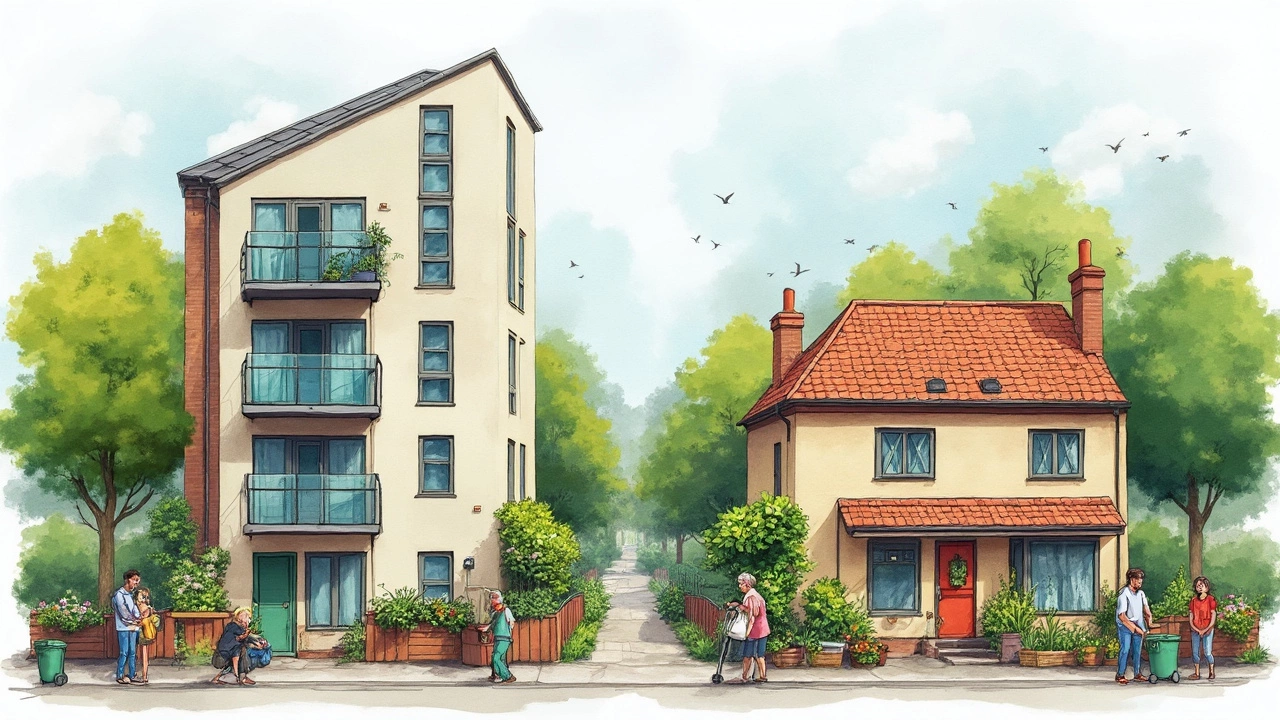
Carbon Footprint: How Your Stay Affects the Planet
When you book a cottage or hotel around Loch Ness, you also sign up for a certain amount of carbon emissions. Those emissions come from the building’s energy use, the way you get around, and even the food you eat. Understanding this footprint helps you make smarter choices that keep the Highlands beautiful while cutting your impact.
What Counts as a Carbon Footprint?
A carbon footprint is the total amount of greenhouse gases released because of an activity. For a vacation, the biggest chunks are usually heating or cooling the room, lighting, laundry, and travel to the site. Even the materials a building is made from matter – a stone cottage built centuries ago will have a different footprint than a new prefab hotel. The good news? Every bit you tweak can shave off emissions.
Simple Ways to Lower Your Impact When Visiting Loch Ness
First, pick a place that already uses green practices. Many of the cottages listed on our site use renewable energy, low‑flow showers, and eco‑friendly insulation. Look for keywords like “energy efficient,” “green building,” or “sustainable housing” in the property description.
Second, travel smart. If you live nearby, drive a fuel‑efficient car or use car‑share options. Public transport to Inverness and then a bus or bike to the loch can cut emissions dramatically. When you rent a car, choose a hybrid or electric model if possible.
Third, bring your own reusable items. A refillable water bottle, a set of cloth napkins, and a travel mug mean fewer disposables ending up in landfill. Many eco‑friendly cottages provide dish‑washing stations, so you can avoid single‑use plastics altogether.
Fourth, be mindful of energy use inside your stay. Turn off lights and heating when you leave the room, take short showers, and wash clothes only when you have a full load. Small habits add up – a 5‑minute shorter shower can save enough energy to power a TV for an hour.
Fifth, consider offsetting the remaining emissions. A lot of organizations let you fund tree planting or renewable projects to balance out the carbon you can’t avoid. It’s not a free pass to waste, but it does help neutralize the impact of a flight or a long drive.
Finally, use your stay as a chance to learn. Our tag page for “carbon footprint” gathers articles on eco homes, yurts, glamping, and sustainable travel tips. Reading pieces like “Are Eco Homes Expensive?” or “Best Eco‑Friendly Homes” can give you ideas for future trips or even your own home improvements.
By choosing greener lodging, traveling wisely, and adopting simple habits, you can enjoy the magic of Loch Ness without leaving a massive carbon trail. Every conscious decision makes the landscape stay wild for the next visitor.
